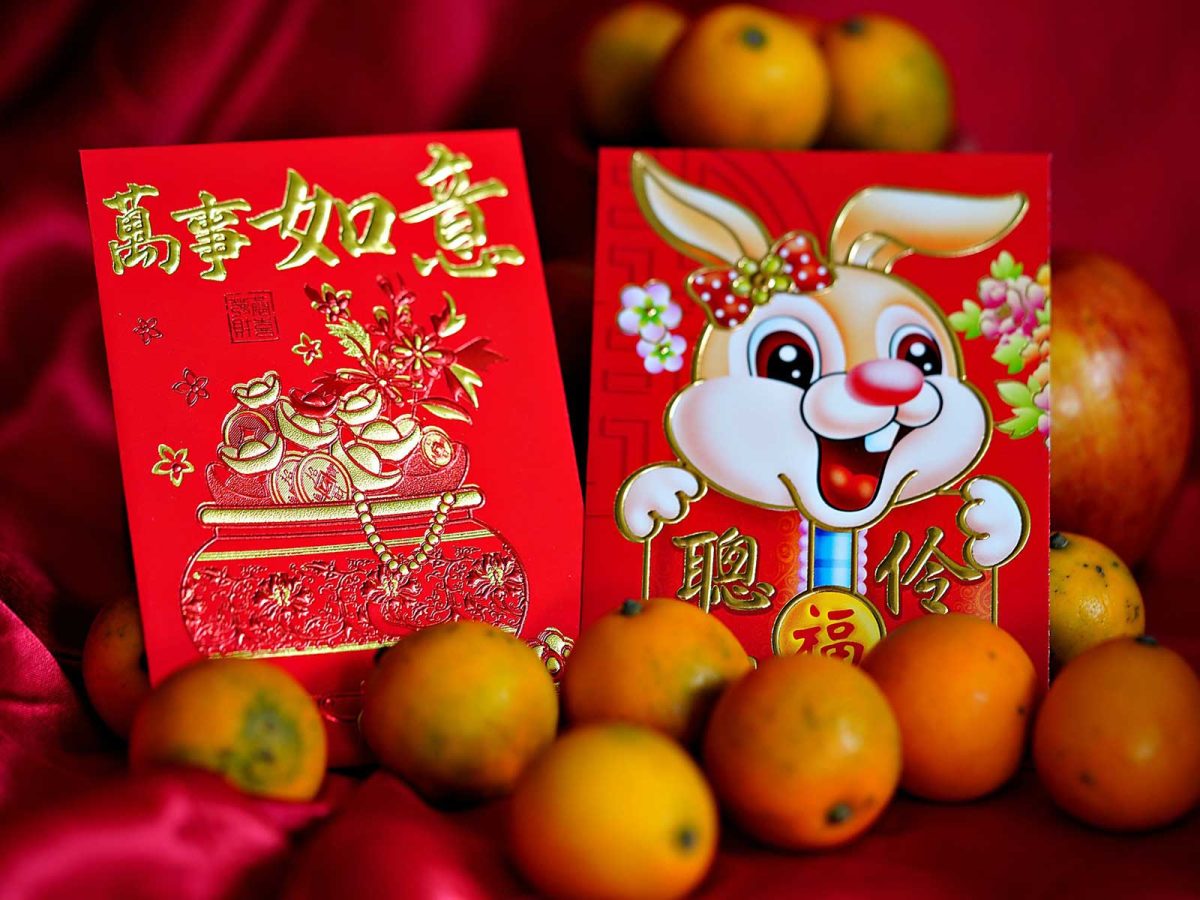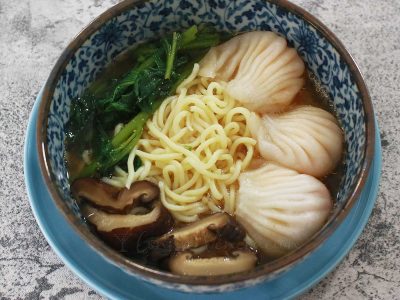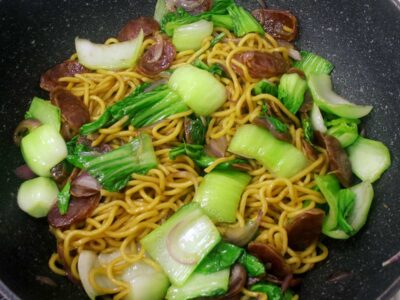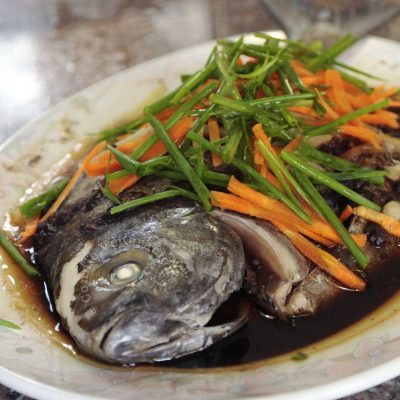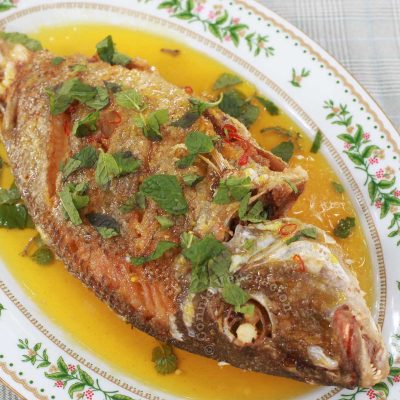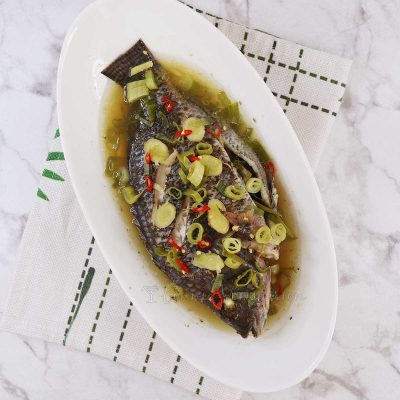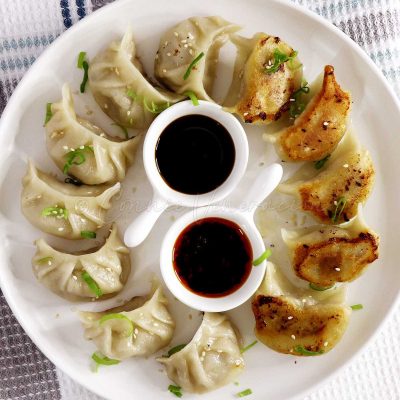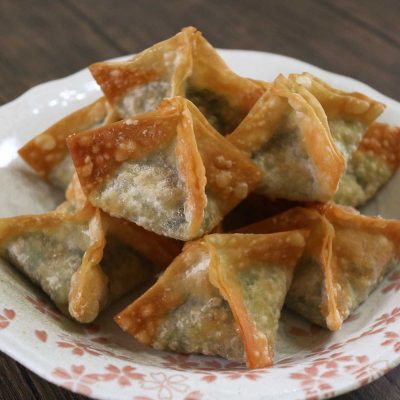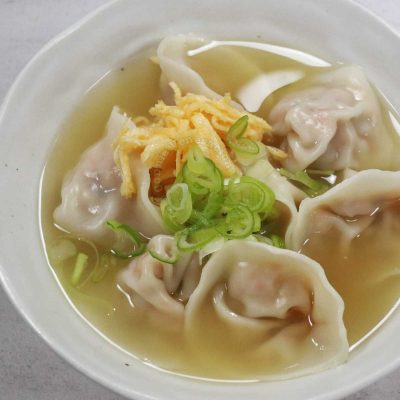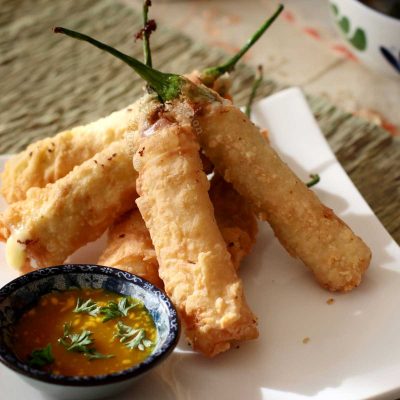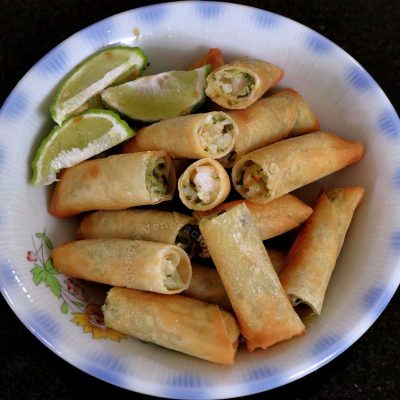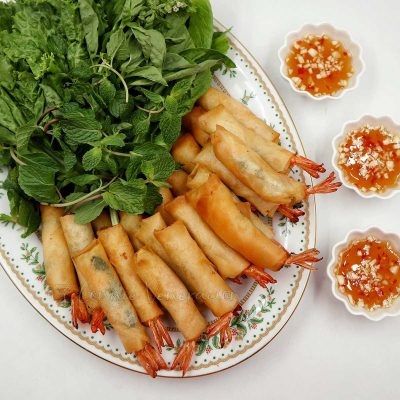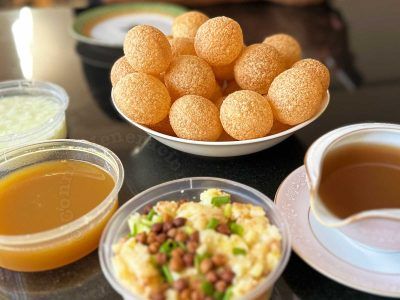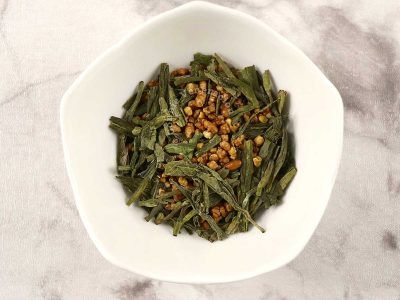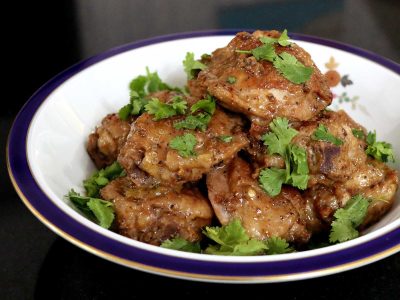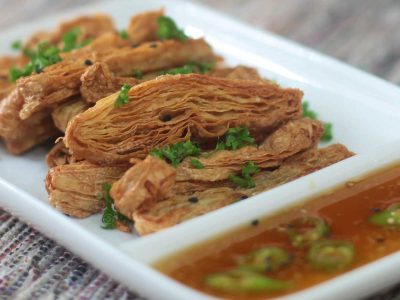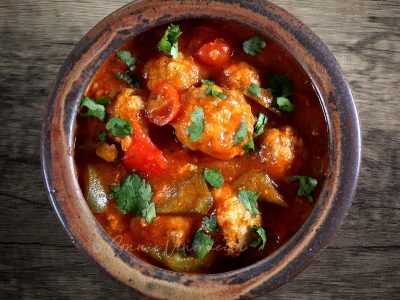According to the Chinese calendar, 2023 is the Year of the Water Rabbit, and New Year’s Day falls on January 22. Chinese Lunar New Year festivities last for 15 days (16, in fact, if we include the New Year’s Eve reunion dinner) when symbolic food and dishes are served, and money tucked in red envelopes are distributed for luck.
But it isn’t just in China where the Lunar New Year is celebrated. Aside from China, the Lunar New Year is an officially designated holiday in regions that still follow the lunisolar calendar including Hong Kong, Macau, Taiwan, Singapore, Mongolia, South Korea, Malaysia and Vietnam. Even outside Asia, in places with large Chinese communities but where the Lunar New Year is not an official holiday, celebrations take place too.
What are the food traditionally served and eaten on Lunar New Year?
1 – Nian Gao
Nian gao, or sticky rice cake, comes in many forms but why it is served on the Lunar New Year is based on three things. Read more about nian gao in the linked post below.
Four ways to enjoy nian gao
A Chinese lunar new year staple, nian gao is a savory or sweet sticky rice cake. Nian gao given and received as gifts during Chinese New Year is the sweet variety.
2 – Uncut noodles
Any occasion that calls for wishes for longevity — including birthdays and the Lunar New Year — will include uncut noodles in the menu. Yes, uncut. They should be as long as can be managed by the cook. Cutting the noodles is like wishing to have life cut short.
What kind of noodles? It doesn’t matter. Rice noodles, wheat noodles, egg noodles… they will all do for as long as they are cooked and served uncut. The noodles can be served with broth or without.
3 – Whole fish
The Chinese word for fish, yu, sounds like the word for “surplus”. But a fish served whole with the head and tail intact also represents family togetherness and unity.
There are appurtenant practices when cooking whole fish for the Lunar New Year. It is not always the case that the fish is served during a meal. Sometimes, it is cooked and left as an offering to gods and ancestors.
When serving as part of the meal, the head of the fish is reserved for the most important guest, or elder. On the table, the fish head should be pointing toward that person too. Leftover from the whole fish is a must for the dish to truly represent surplus. In some cases, to ensure surplus, two whole fish are cooked. One is served on New Year’s Eve and one is left to become the surplus and eaten on New Year’s Day.
4 – Dumplings and fried spring rolls
Dumplings and fried spring rolls make an appearance on the Luna New Year meal for their resemblance to objects that represent wealth. Dumplings are thought to resemble the sycee while fried spring rolls look like gold bars.
5 – “Golden” fruits
Mandarin oranges, tangerines and pomelos are displayed, served and eaten as part of the Lunar New Year traditions. Their golden color and spherical shape symbolize wealth and fullness.

